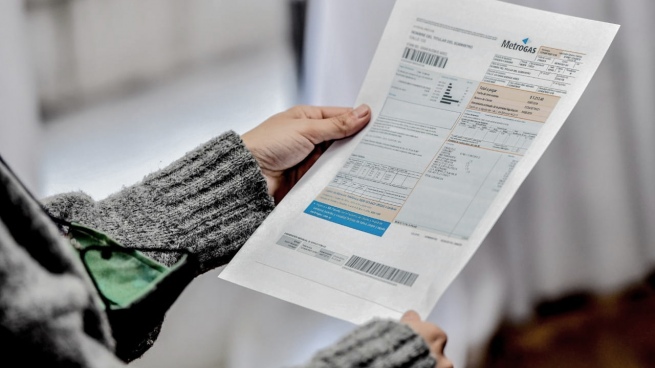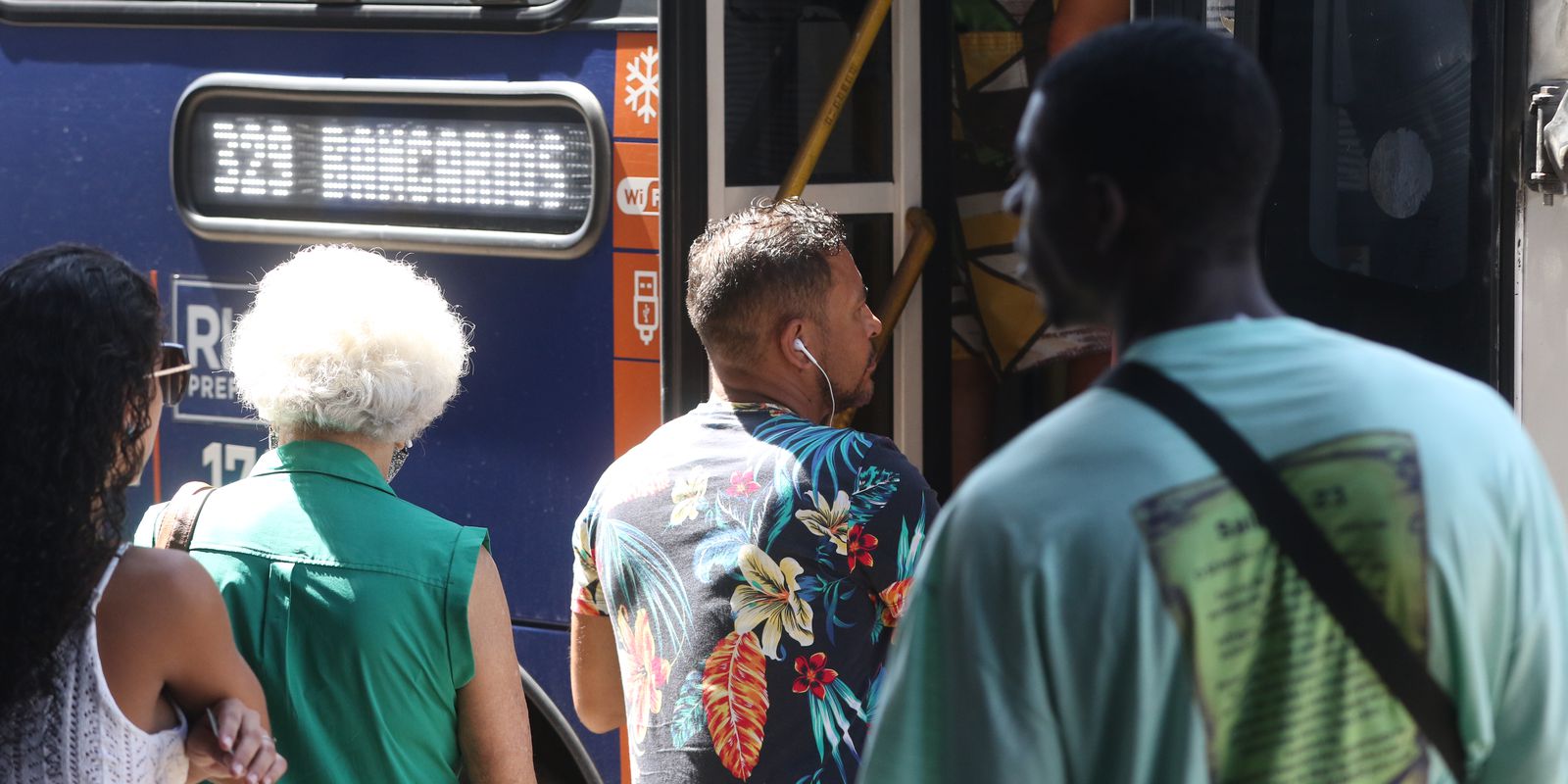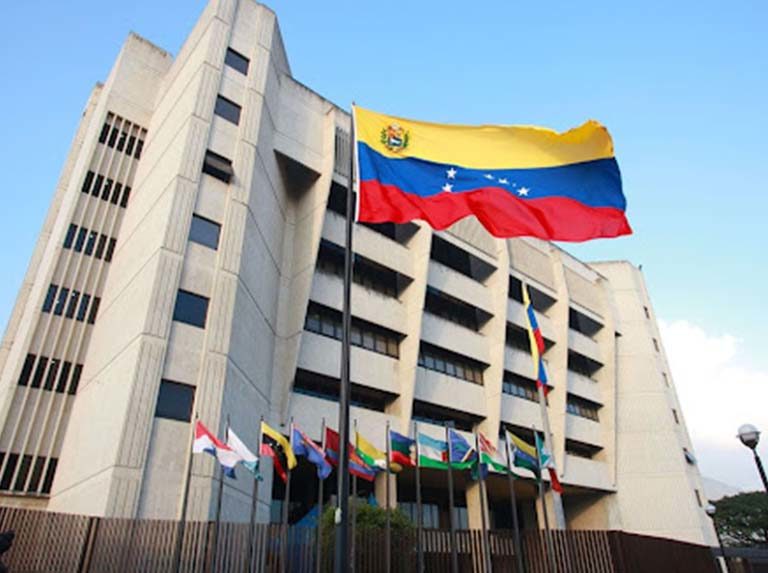The Government will announce next Tuesday the new tariff values for services of gas, electricity and running water, in a scheme that will take into account progressivity and differences by area, respecting “the particularities of each region,” official sources indicated.
“Next week the fine print of the announcement will be defined” made on Wednesday, August 3 by the Minister of Economy, Sergio Massa, added the sources consulted, referring to the incorporation into the segmentation scheme of the criterion of progressiveness in consumption.
The new scheme will start by maintaining the current rate at levels 2 (lower income) and 3 (middle income), but in the latter case consumption that exceeds 400 kWh will not be subsidized.
The new scheme will start by maintaining the current tariff at the lowest and middle income levels, but in the latter case, consumption exceeding 400 kWh will not be subsidized.
In his first press conference after taking office, Massa announced that the new consumption segmentation scheme will apply not only to residential users of electricity and natural gas through the network (as established in decree 332/2022) but also to of running water.
The three services have differences, both in the measurement of consumption and of jurisdictions in the distribution area: in electricity and running water, the national State has jurisdiction over the operators of the Metropolitan Area of Buenos Aires (Edesur and Edenor in energy and AySA in water), while in natural gas it covers the entire national territory.
Furthermore, most of residential piped water users do not have metered servicebut a fixed sum is applied to them, unlike those of gas and electricity.
Thirdly, electricity and gas rates were adjusted based on different proportions of last year’s Salary Variation Coefficient (40% for level 2 users and 80% for level 3 users), while for AySA an increase of 32% was approved for the entire year in two stages (20% in July and 10% cumulative in October).
Lastly, the regulatory entities of electricity (ENRE) and gas (Enargas) depend on the Ministry of Economy, while AySA is in the orbit of the Water and Sanitation Regulatory Entity (ERAS) of the Ministry of Public Works.
In his announcement, the new minister said that “in the case of electricity, we are going to subsidize up to 400 KWh”, a level of consumption that represents “80% of users, but only 50% of total residential consumption,” he explained.
Massa He did not specify if that subsidized consumption cap will be per two months (as specified in the invoices) or per monthan aspect that will be part of the details to be analyzed in the elaboration of the new scheme.
In addition to specifying whether the consumption limit of 400 kWh is monthly or bimonthly, it must also be specified whether the removal of the subsidy for consumption exceeding that level will be applied gradually.
In the case of AySA, indicated that the segmentation process “begins in September”, while for gas he indicated that “the removal of subsidies will follow the same logic” as in the case of electric power, although “starting from the climatic differences and distribution cost , but also respecting the seasonality of the various regions of our country”.
In addition to the specification of whether the consumption limit of 400 kWh is monthly or bimonthly, also It should be specified whether the removal of the subsidy for consumption that exceeds that level will be applied gradually (as in the case of users with higher purchasing power) or in one go.
On the other hand, from the Ministry of Economy they warned that “It is not the same to use 400 kWh in the Federal Capital and Greater Buenos Aires, than in the northeast of the country, where they cook with electricity”.
The new scheme not only aims at saving subsidies through tariffs but also through energy savings, if one takes into account that part of the fuel consumed is imported and that its international price skyrocketed.
Meanwhile, heto spokesperson for the Presidency, Gabriela Cerrutiaffirmed last Thursday that of the nine million households that requested to maintain electricity and gas subsidies“80% spend less than 400 kilowatts per monthso they are going to maintain the subsidy”, in relation to the tariff segmentation faced by the national government.
“Of the remaining 20%, we do not expect them to pay more fees, but rather reduce their expenses a little” energy sources, Cerruti added during his usual weekly press conference.
The new scheme aims not only at a savings of subsidies through tariffs but also through energy savingsif one takes into account that part of the fuel consumed is imported and that its international price skyrocketed as a result of the war between Russia -one of the main producers and suppliers of hydrocarbons- and Ukraine.
Massa pointed out that the initial segmentation scheme “has concluded”, and that it showed that “almost four million Argentine households did not request to use the subsidies, and that is a first cut”.
“Among the more than nine million households that did ask to maintain the subsidy, we are going to promote consumption savings,” he pointed out, in addition to explaining that this decision was made “not only for the economy of public accounts, but also for the progressivity of the system.” and efficiency in the use of resources”, since “we cannot continue with a scheme in which whoever spends the most on energy and water is the one who receives the most subsidies”.










